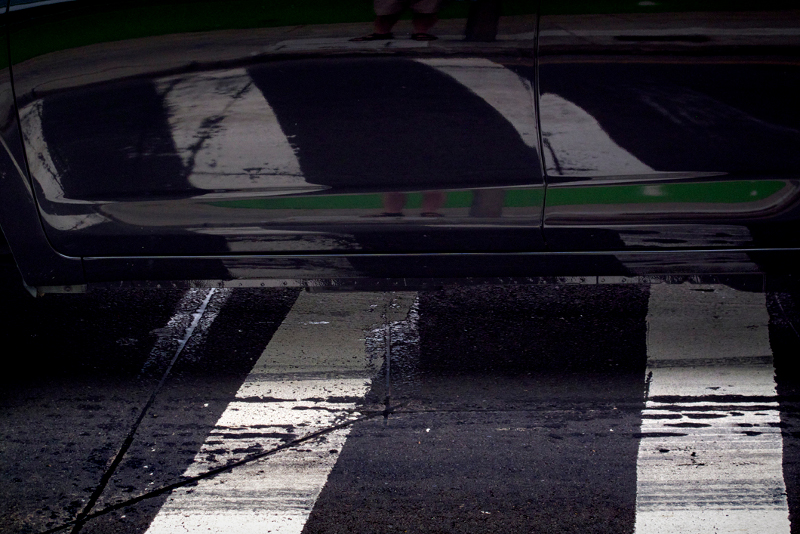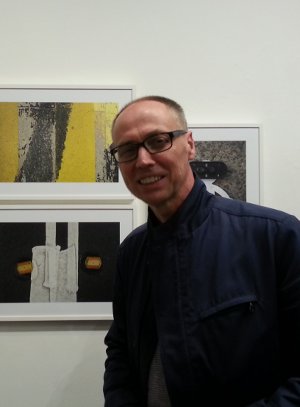Living Data
Science Art & Talks
The experiential process of observation and reflection is key to art and science
and is an essential component in understanding interdependence
of all species and ecosystems, terrestrial and aquatic.
Paul Fletcher Animator
Science Art & Talks
Living Data Program for the 2013 Ultimo Science Festival, Sydney, September 12-21.
The Cars That Ate Parity - 4, 2013 Photographs by Paul Sutton
Driving a car can make us feel separate from pedestrians and other fellow living beings.
Photographs suggest that equivalence (parity) between us is devoured, just as cars devour precious natural energy.

Paul Sutton. The Cars that Ate Parity - 4, 2013
In the future, I think we will look back at ourselves with disbelief that we once drove around in cars with such little concern for the impact we made on the environment.
The Cars That Ate Parity explores cars and the urban environments we share with them. It emerged out of a practice of making photographs while not looking at the camera or through the camera. Given the ubiquity of cars in our world it is no surprise that they appear in photographs made while not looking. What is surprising is I would never have otherwise thought to photograph cars. I don't drive a car; I prefer to walk.
While cars help us to connect with the world by transporting us from A to B they also disconnect us from the world during the journey.
After I decided that cars would make an interesting subject for visual investigation I focused on filling the frame with their shapes, forms, contours, colours and reflective surfaces. On another level, my compositions also make connections between mechanical and natural systems.

Photo of Paul Sutton by Lisa Roberts, 2013
I am a Sydney based pedestrian who lectures in photography and design at UTS. Through my participation in the Living Data project I have especially enjoyed meeting scientists and making connections with their work. My work focuses on the art of seeing, recording my experience of being in the world and creating evocative viewing encounters.
Notes for exhibition designers:
At this stage the 'The Cars That Ate Parity' photographs only exist as digital files and small 6" x 4" prints. The aspect ratio of these photographs is 2:3
For the Living Data exhibition they could be shown in at least three different forms:
-projections via a data projector
-prints lying on plinths
-framed prints hanging on the walls
After recent discussions it seems that the prints laying on plinths option is the way to go.
The most appropriate plinths would be:
-60 x 40 x 55 cm
-60 x 60 x 60 cm
-30 x 30 x 90 cm
-30 x 30 x 40 cm
(length x width x height)
Since there are plenty of the 60 x 60 x 60 plinths it seems best to use these.
In the Jas Hugonnet gallery collection there are 15 photographs. I envision showing 6-8 of these as prints on plinths: 1, 3, 4, 5, 6, 7, 9 and 15. There are of course more photographs of cars that I have made since then that could also be used.
As with the Living Data show last year I visualise that each photograph will occupy one plinth. The size of the print will cover the length or width of the upper face. The image will be centred and include a white border of approximately 5 cm.











